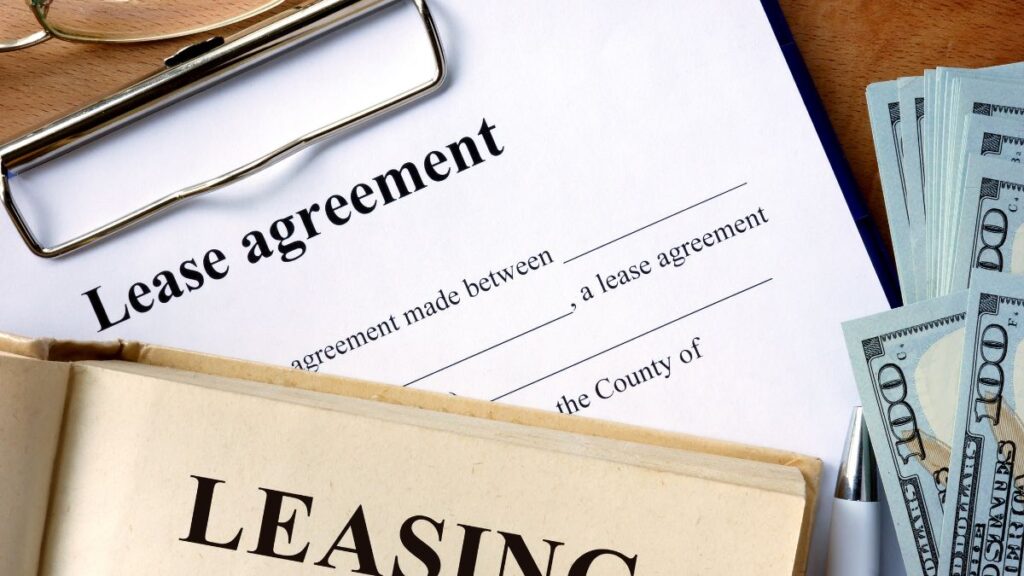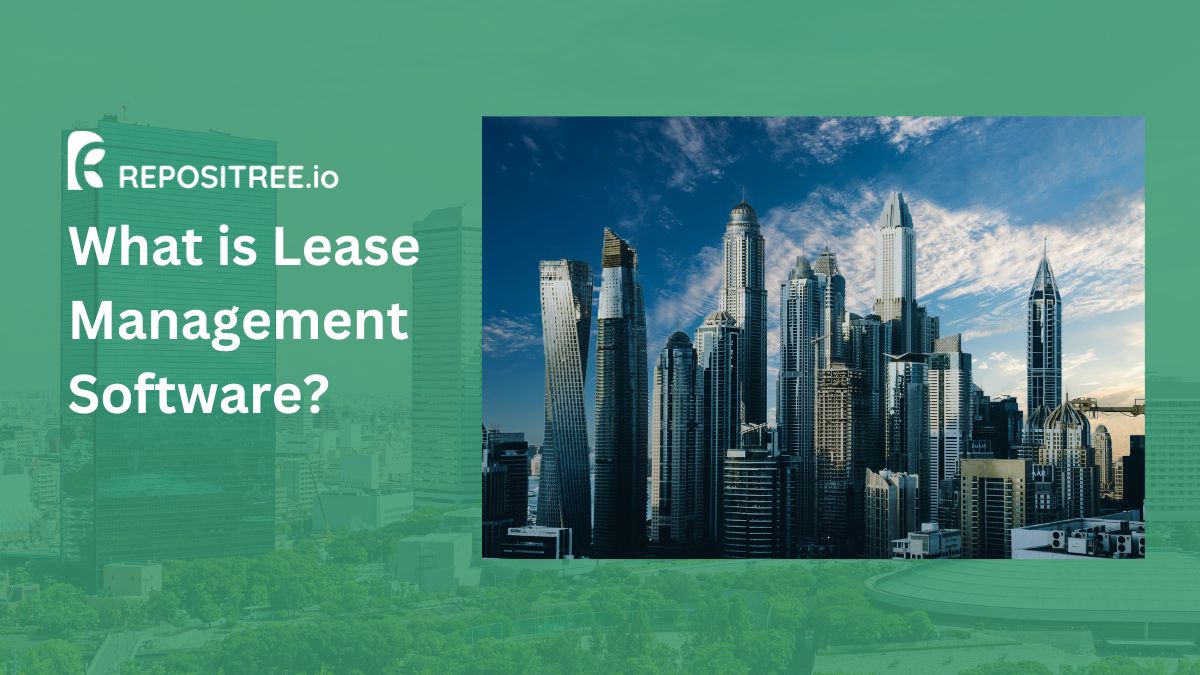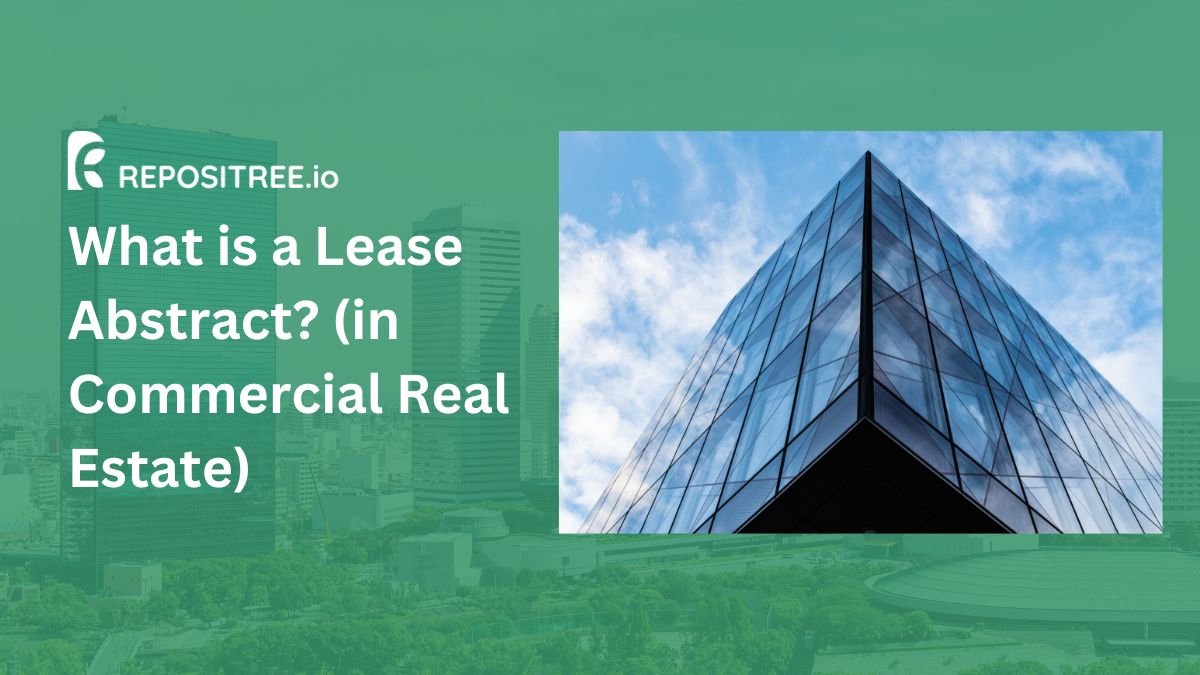The process of navigating the commercial real estate market may appear to be scary; yet, if approached in the appropriate manner, it can be transformed into a journey filled with strategic decisions and fulfilling outcomes. When it comes to leasing the appropriate commercial property, it is crucial regardless of whether your company is expanding or just starting out and looking for its first location. We would like to discuss with you a comprehensive and methodical strategy that will ensure that you lease the right site for your firm.
Step 1: Define Your Needs
To get started, you need to be aware of the specific requirements that your firm has. Are you looking for a retail site that has a lot of foot traffic or do you need an office that is located close to a cluster of technology centers? Consider factors such as the size, location, and accessibility of the area, as well as the technological help that may be necessary for your activities. With this first clarity, your selections regarding leasing and the search process will be directed.
Step 2: Budgeting Wisely
The next step is to establish a detailed budget. It is important to keep in mind that your budget should include coverage for not just the rent but also utilities, parking, maintenance of shared areas, and any anticipated rent hikes. It is important to have this kind of financial foresight since it ensures that the lease will not place an excessive financial load on your organization and helps to prevent unpleasant surprises.
Step 3: Market Research

Go ahead and immerse yourself in the investigation. There is a possibility that you could gain a competitive advantage by being aware of the current market scenario, the typical lease lengths, and even the future real estate trends in the place that you are targeting. Determine patterns that might serve as a foundation for your lease plan by analyzing market data with the use of technologies such as Repositree.
Step 4: Scouting Locations
Begin exploring the potential locations. Check out a few other websites that are suitable for your company’s image and requirements. Take into consideration factors like demographic compatibility, accessibility to suppliers, and ease of access for consumers. During each visit, you will be able to determine which properties would be the most suitable for your business enterprise.
Step 5: Seek Expert Advice
Working with a commercial real estate broker will help to streamline your search for a property, even though you may try to do it on your own. Their ability to provide analytical analysis of the best offers and hidden defects in certain properties is a significant advantage. With their expertise, one may particularly assist in the negotiation of challenging leases.
Step 6: Reviewing Lease Terms

Once you have identified a potential location, you should carefully examine the lease arrangements. Be familiar with every clause, from the rules governing sublease to the provisions governing length and break. In order to ensure that the lease requirements do not excessively impede the expansion of your firm, it is vital to ensure that this scenario occurs.
Step 7: Negotiating Like a Pro
To a large extent, commercial leasing is dependent on negotiation. With the assistance of your professional supervision and the findings of your market research, negotiate terms that will advantageously affect your firm. In light of this, it may be necessary to implement tenant upgrades, impose rent restrictions, or even include a pleasant exit clause in relation to annual increases. In addition to saving a lot of time and money, effective negotiation can also save a lot of trouble.
Step 8: Legal Consultation
Before signing a lease, it is important to perform extensive due diligence. Get a home inspection to search for any issues that aren’t immediately apparent during a basic walkthrough of the house. Additionally, you should have a real estate professional review the lease to ensure that all of the clauses are understandable and that there are no legal loopholes that could be capitalized on to your detriment.
Step 9: Planning for the Future
During the time that you are under lease, plan beforehand. In terms of both its size and its capacity for use, would the room continue to be adequate once a few years have passed? It will be easier for you to accommodate potential expansion if the terms of your lease are flexible. For example, you may have a subletting policy that is less stringent or a first right of refusal on surrounding regions.
Step 10: Closing the Deal
Once all of the components have been examined and your leasing agreement has been read and comprehended in its entirety, you are prepared to complete the deal. You should sign the lease with confidence, knowing that you have completed all of the necessary legwork to secure a location that is suitable for the requirements and goals of your firm.
How Repositree Can Help

The use of platforms such as Repositree can be of great assistance throughout this process. The solutions that Repositree offers simplify the management of commercial real estate by allowing for the tracking and analysis of market data, the administration of digital lease agreements, and the ability to stay abreast of the most recent market information. Their comprehensive solutions ensure that businesses are able to exert a greater degree of control over their commercial environments, thereby enabling them to base their decisions on robust data analytics.
Conclusion: Ready to Step into Your New Commercial Space?
The success of your company depends on leasing appropriate commercial space. Following these guidelines and making use of tools like Repositree will help you to ensure a place that not only satisfies present demands but also allows future expansion.
All set to investigate how technology might change your path of business leasing? Get in touch with Repositree right now to learn specific insights and customized ideas that can help your company grow. Explore further the realm of smart business leasing available at Repositree.io.






